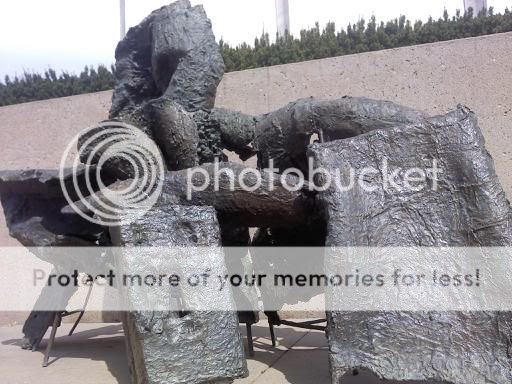 The sculpture I am using for Writing Project 3 is based on a painting by Sandro Botticelli with the same name, "Birth of Venus." The painting shows a woman, the goddess Venus, standing in a shell next to the ocean with angels flying around her. The painting depicts the myth that Venus was born when she emerged from the sea as a grown woman.
The sculpture I am using for Writing Project 3 is based on a painting by Sandro Botticelli with the same name, "Birth of Venus." The painting shows a woman, the goddess Venus, standing in a shell next to the ocean with angels flying around her. The painting depicts the myth that Venus was born when she emerged from the sea as a grown woman. 
This painting draws heavily on Roman mythology. Venus was the Roman goddess of love. She was also associated with beauty and fertility, and is the equivalent of the Greek goddess Aphrodite. She is often shown in art as a beautiful young naked woman with cherubs and doves flying around her, and the Botticelli painting is a prime example of this. Venus is also shown in a similar fashion as the famous sculptures "Venus de Medici" (shown at right) and "Venus de Melo," large marble sculptures of the Greek goddess Aphrodite, made in the first century B.C. All these early examples of Venus show the typical ideal of beauty.
Reuben Nakian, born in 1897 in New York, was the artist that created the sculpture "Birth of Venus," and like Botticelli, a central theme of his is mythology. Many of his works are based on and named after references to mythology, but unlike Botticelli's works, they are not the traditional depiction of the mythological legends. As his "Birth of Venus" shows, Nakian's works are a sharp contrast to the paintings and figures they are referencing. They are "based on the radical abstraction of the female form as a way to transcend mere appearance to address more primal, essential issues." (http://rogallery.com/Nakian_Reuben/nakian-biography.htm) They are drastically different that the "normal" perceptions of women and beauty, but doing this undermines the perfection of the ancient goddesses. The abstraction draws attention to and normalizes human flaws, showing that not everyone is flawless and perfect.

